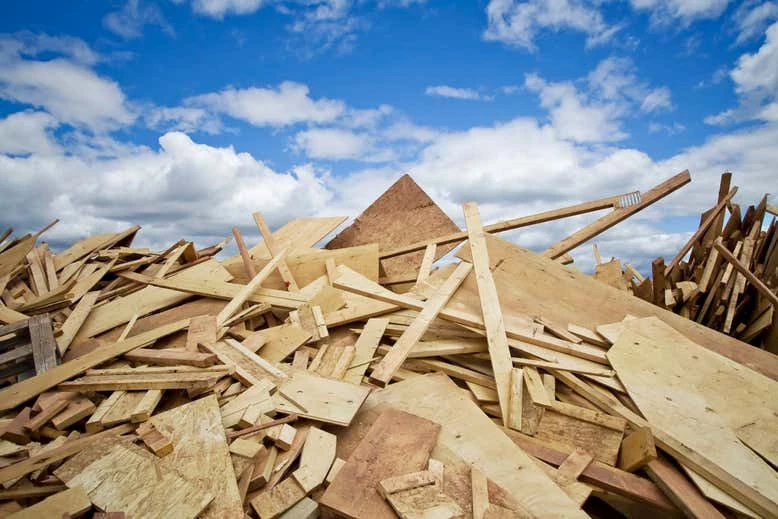Chemically recycling wood to make steel-like material
Researchers assert that a robot that can perceive its own body has self-awareness / Warm-blooded animals first appeared 233 million years ago, according to ear anatomy
A material made from recycled wood is five times stronger than natural wood and can be made from any timber by-product, including shavings and sawdust.
Although wood is a highly versatile material, millions of tonnes of it are discarded each year. To create a truly circular economy, wood must be recycled on a larger scale.
Orlando Rojas and his colleagues at the University of British Columbia, Canada, have invented a process that dissolves lignin, a glue-like component found in plant cell walls, and exposes cellulose nanofibrils, which are also present in plant cell walls. Dimethylacetamide, a solvent, is used in the procedure along with lithium chloride.

Wood for recycling can now be transformed into a material stronger than steel.
When two pieces of treated wood are brought together, the nanofibrils bind to form what the researchers refer to as "healed" wood. Although it no longer mimics natural wood, this material has superior mechanical properties. It is more resistant to breaking than stainless steel or titanium alloys, according to tests.
"We get mechanical strength that exceeds the original material's strength," says Rojas. "It works because we use the inherent properties of cellulose, which is a material that strongly binds together through a process known as hydrogen bonding."
Not only can wood that has been treated in this manner be reused to create new objects, but the treatment process can be repeated on the same pieces of wood to extend their useful lives.
According to Steve Eichhorn at the University of Bristol in the UK, "This is a really elegant way to heal wood, using a common cellulose solvent, recovering and enhancing the mechanical properties of nature's wonder material." The challenge of developing this technology further lies in the approach's obvious scalability.
Although all of the techniques used by Rojas and his team are well-known, they did not investigate how much their method would cost if scaled up to an industrial level. According to Rojas, the procedures they employ here are quite common in the processing of wood. Scalability is therefore not a problem.
Journal reference: Nature Sustainability, DOI: 10.1038/s41893-022-00887-8
End of content
Không có tin nào tiếp theo
